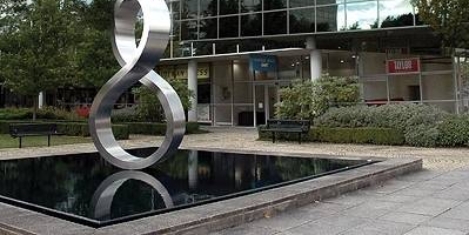October 5, 2016
Employees increasingly value health and wellbeing benefits 0
 Employee benefits that help promote a healthy workforce are increasingly important when you consider that (perhaps unsurprisingly) 69.8 percent of employees say they felt less productive if they come into work whilst ill. But these benefits are increasingly as important to employees as an aide to productivity. A range of employee benefits are still a crucial recruitment and retention tool, with almost three quarters (69 percent) of employees saying they are more likely to stay with an employer that offers a good employee package compared with 66 percent in 2015. New research from the fourth annual Capita Employee Benefits Insight Report also reveals that 44.8 percent of respondents would judge an employer based on the quality of the health and wellbeing packages they offer. This is particularly valued by higher earners where nearly half (48.8) percent of employees earning over £45,000 a year said they would evaluate their employer or potential employer on the strength of their commitment to employee wellbeing.
Employee benefits that help promote a healthy workforce are increasingly important when you consider that (perhaps unsurprisingly) 69.8 percent of employees say they felt less productive if they come into work whilst ill. But these benefits are increasingly as important to employees as an aide to productivity. A range of employee benefits are still a crucial recruitment and retention tool, with almost three quarters (69 percent) of employees saying they are more likely to stay with an employer that offers a good employee package compared with 66 percent in 2015. New research from the fourth annual Capita Employee Benefits Insight Report also reveals that 44.8 percent of respondents would judge an employer based on the quality of the health and wellbeing packages they offer. This is particularly valued by higher earners where nearly half (48.8) percent of employees earning over £45,000 a year said they would evaluate their employer or potential employer on the strength of their commitment to employee wellbeing.
































October 5, 2016
An enlightened approach is needed for the new era of artificial intelligence 0
by Mark Eltringham • Comment, Technology
(more…)